All about wood carving on panels
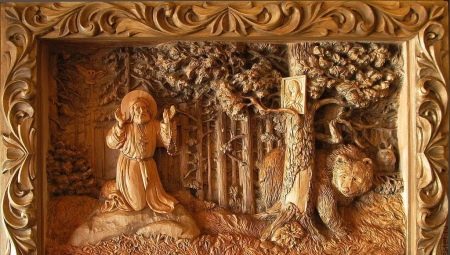
A carved panel is a whole art that requires not only technical skills, knowledge of technology, but also artistic taste. It is difficult to make such a composition, but it will adorn any interior. Handcrafted from environmentally friendly material is something that will never go out of style.
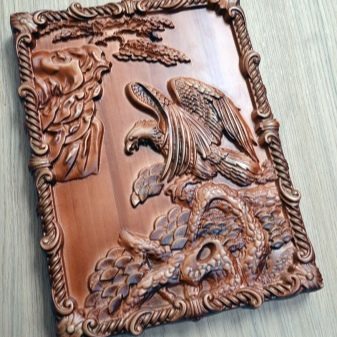

Peculiarities
For many interior styles, carved wood paneling is the preferred element today. Basically, wood decor is now relevant, and hand-made is considered a good design investment.
Scenes, landscapes, abstract compositions carved on natural material, however, can decorate polar rooms - from an office to a bathhouse.
Features of carved works:
- the right material is the key to the quality of future work, its durability and aesthetics;
- the finished painting is often covered with oil - and this is the right approach, the lacquer finish completes the process over the carved painting;
- the master can perform most of the elements of the woodcarving panel with an electric jigsaw;
- modern panels are made to order, often according to the customer's sketches.
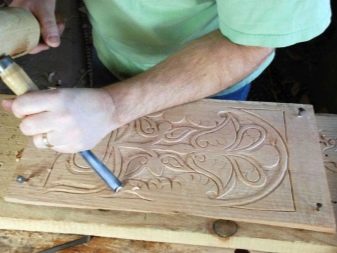
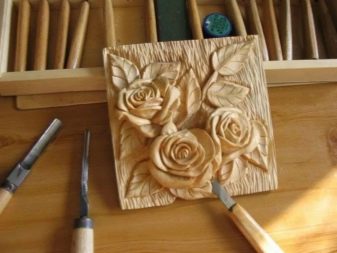
For beginners, the first works will not correspond to the samples of the masters, and this is a completely normal moment. For handmade experience, real practice comes first. Gradually, wooden compositions on the wall will work out better and better. The layman, not understanding the issue, may consider such a decor old-fashioned. Perhaps he simply did not see modern examples of carved art - they impress by their minimalism and abstractness of artistic expression, and by how cleverly these carved paintings fit into the scandi interior, and into the boho style, and even into the loft.
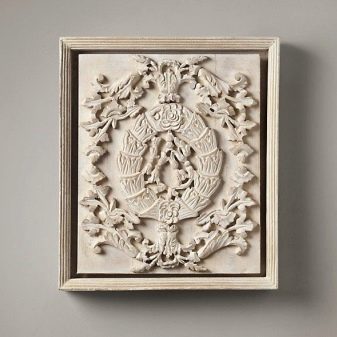
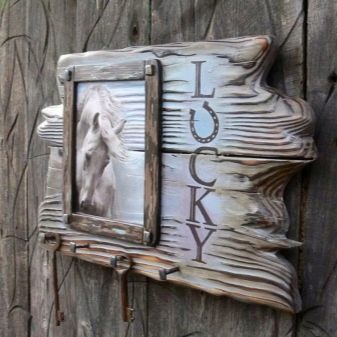
Tools and materials
The skill of working with the material is the main one. The tree needs to be studied, loved, familiar with its properties and capabilities. Suitable wood is:
- Birch;
- oak;
- beech;
- alder;
- Linden;
- teak;
- Pine.
It is easiest to work with conifers, they are malleable, but teak and oak products will be the most durable.
Craftsmen often make beautiful compositions on linden boards. And learning to beginner carvers often falls on MDF and plywood.
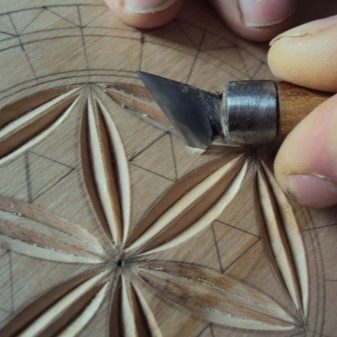
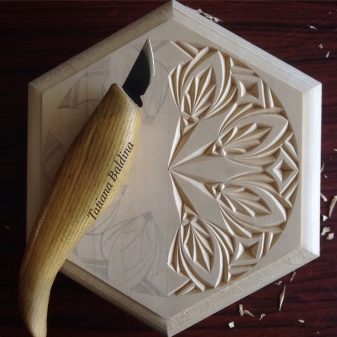
Of the tools you usually need:
- the board of the right size;
- knives for woodworking (such a set is individual for each craftsman, but you can take basic sets);
- paper for the layout;
- pencil;
- stain.
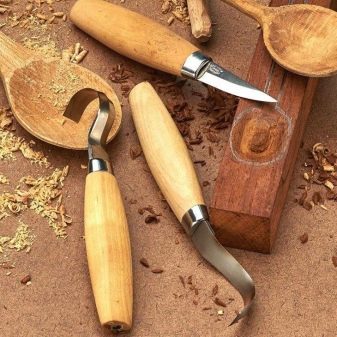

A separate topic is sketches. Without an idea, no work will become truly decorative, beautiful, impressive.
You should not immediately stare at complex compositions with a lot of details and technically complex elements.
The cutter usually copies first. Then your own style will begin to emerge, and the experience will be enough to bring your ideas to life. You need to start with a simple, but even a simple composition can become a "highlight" of the interior. The finish is very important - for example, what kind of stain the wood is covered with. The modern assortment of finishing materials provides great opportunities for the artist.
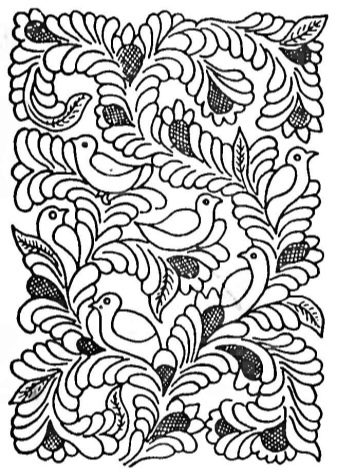
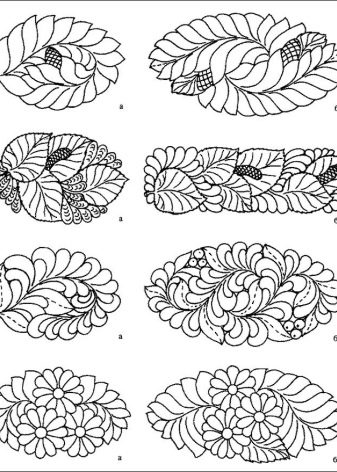
Technology and algorithm of actions
The sequence of work will be approximately the same for structures of varying complexity. But, as noted, you need to start with simple solutions. This is how the process of creating a panel looks like step by step.
- The blank board, which will be the working field, must be sanded.
- The board should be fixed vertically or horizontally. On it, you need to fix the sketch on paper using veneer. This will be tracing paper.
- The contours of the future image should be marked on the board. The paper should be removed. Now with a knife you need to draw all the marked contours.
- Now you can cut through the inner lines, going from large elements to small ones.
- It remains to cover the finished work with an even layer of stain of the desired shade.
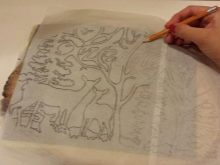
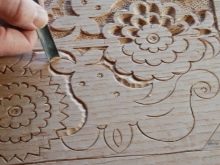
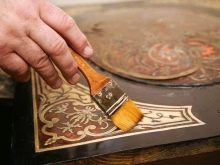
This will create a regular drawing on a tree. But if you have to make a volumetric image, you will have to get a wood chisel. He makes cuts of different depths at the angle that is required in each case. The master places the cut out details of the panel in salt or hot sand. This results in the firing of wooden elements, which gives them an expressive color, and the drawing acquires additional depth. Finally, all the details are glued together into an overall composition.
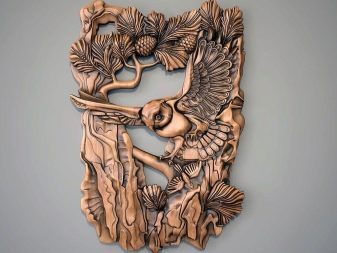
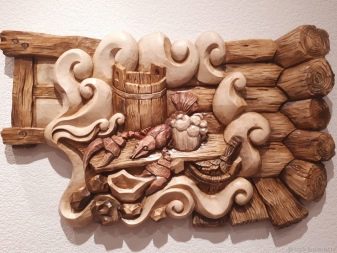
Let's talk a little more about the individual stages of the technological process.
- Contour creation. At this stage, it is important to take into account all the nuances of the image that needs to be transferred to the tree. The contour can be any, but it is advisable to avoid small and thin parts. The contour is transferred to the board through tracing paper, and then cut with a knife or an angle chisel. You need to work with both hands. With a chisel, experts say, it is more convenient to work, because it copes better with the selection of the outline of the drawing.
- Working on the texture. Embossing punches help deepen the interior of the image. The punch must be placed vertically on the board with a relief head. It should be hit evenly with a mallet. The evenness of the blows is important, since the depth of the blow depends on the strength of the blow. For beginners, it will be wiser to first practice on a separate board or the back of a selected board.
- Finishing and framing. The silhouette of the image transferred to the board can be painted. Not all carved panels are made in color, but such a possibility, nevertheless, exists. But even without painting, the product will look harmonious and complete. If the painting is present, you need to take acrylic paints, it is easier to work with them, and the result is impressive. In other cases, they take the stain of the desired shade. The panel, already completely finished, can be moved into the frame.The work does not always require framing, but sometimes it is the frame that makes the panel complete, laconic.
Of course, the specific technique in which the panel is performed will set the rhythm of the work, determine its stages and duration.
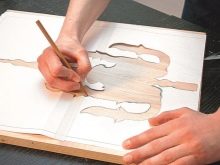
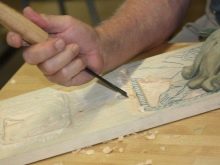

Popular motives
The master makes a carved relief image as if he were working on a bas-relief. It is due to the convex elements that the pattern is formed in this case. These elements can vary in height and depth. This method creates a three-dimensional three-dimensional effect. Even if you make something like a fingerprint on a wooden basis using this technique, there will be an independent decorative panel, a vivid example of following the trends of contemporary art.
There are other types of techniques as well.
- Openwork carved work. Convex elements of the picture in this case are replaced by slots. The panel looks simple, graceful, but at the same time it becomes fragile.
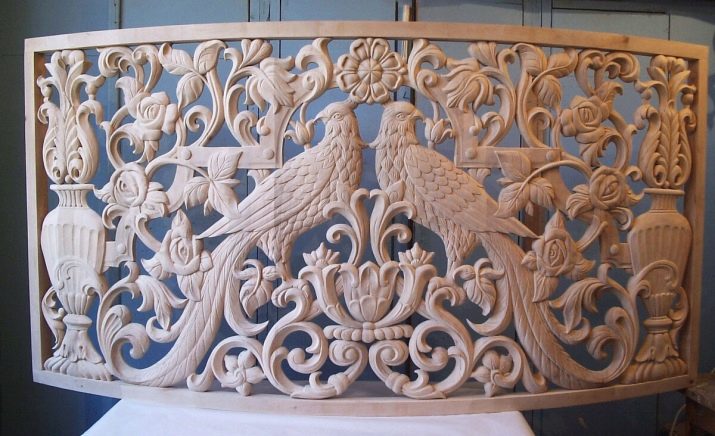
- Flat-faced thread. The drawing in this technique is cut with a knife in the form of two-sided grooves. Make such an image on a flat board.
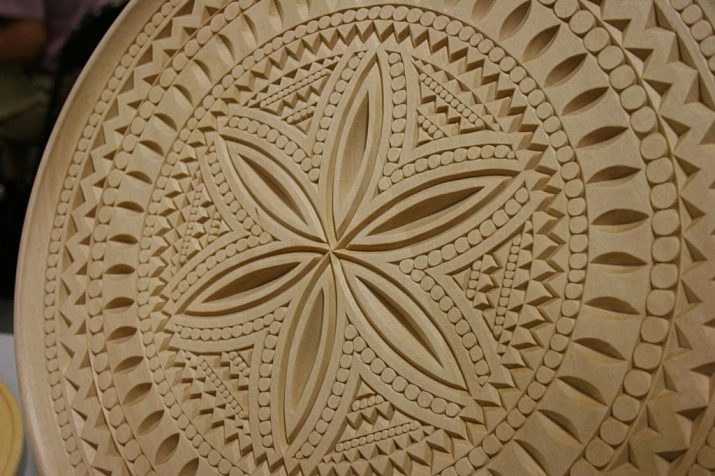
- Inlaid thread. In this panel, in one drawing, many details, different in shape and size, are combined. The level is advanced, for a beginner this level is still high.
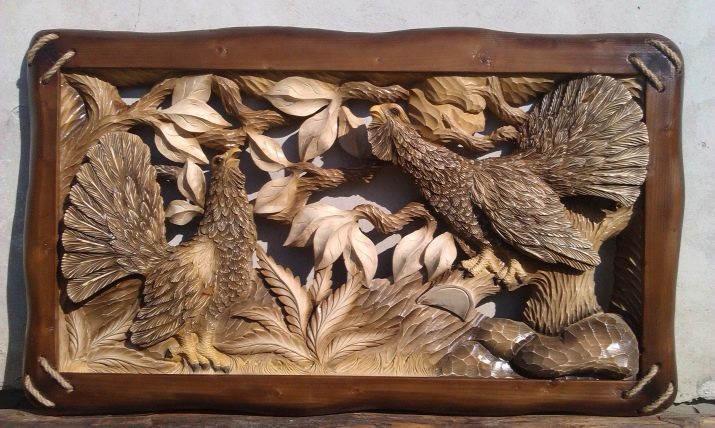
- Work from saw cuts. Wooden dies are glued to the base, and the elements of the wooden applique here can also be very different.
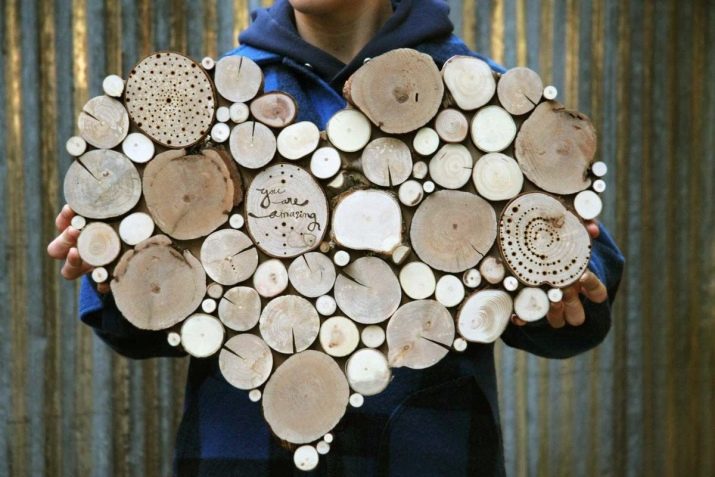
It is very important for a novice carver to decide on the theme of the work, the motive. If you make a panel, for example, in a bathhouse, then for some reason they often choose plots on a fishing theme or a hunting theme. Carvers are very fond of working with cat silhouettes, cutting flowers and nature. Animals are frequent characters in carved panels. Abstract and ornamental geometric carving is not inferior to them in popularity.
A special demand today goes to semi-antique panels, since the vintage spirit still captivates people who appreciate the importance of the subject and spatial environment.
Works with the image of Slavic gods can be interesting. But, in general, the list of themes, motives, plots of carved reliefs is endless today.
A lot of ornamentalism appears in modern reliefs, a lot of abstraction or some kind of philosophical subjects appears in the panel. Thanks to the finishing (stain or paint), color, light, shadow can play a significant role in the work.
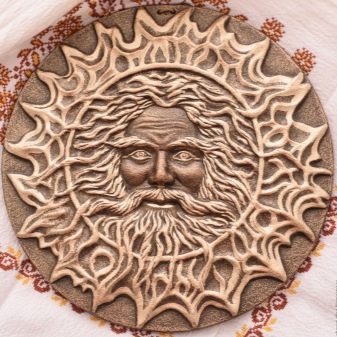
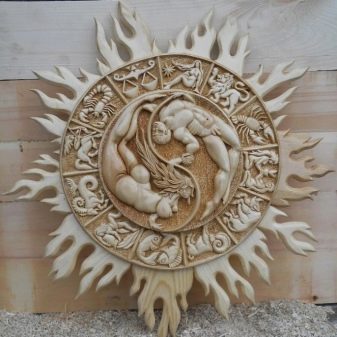
Usually the work is done for a specific interior, which sets the plots, color and compositional solution. It should be noted that composition with many small details makes the perception of the interior somewhat heavier. Therefore, abstract, simple, not overloaded elements of the composition are gaining great popularity.
The most attractive thing about carved panels is the ability to create them with your own hands.
And since self-repair and decoration of the home has become a trend, it is worth paying attention to such an interesting, tradition-rich craft as woodcarving.
How to make a carved wood panel with your own hands, see the video.








